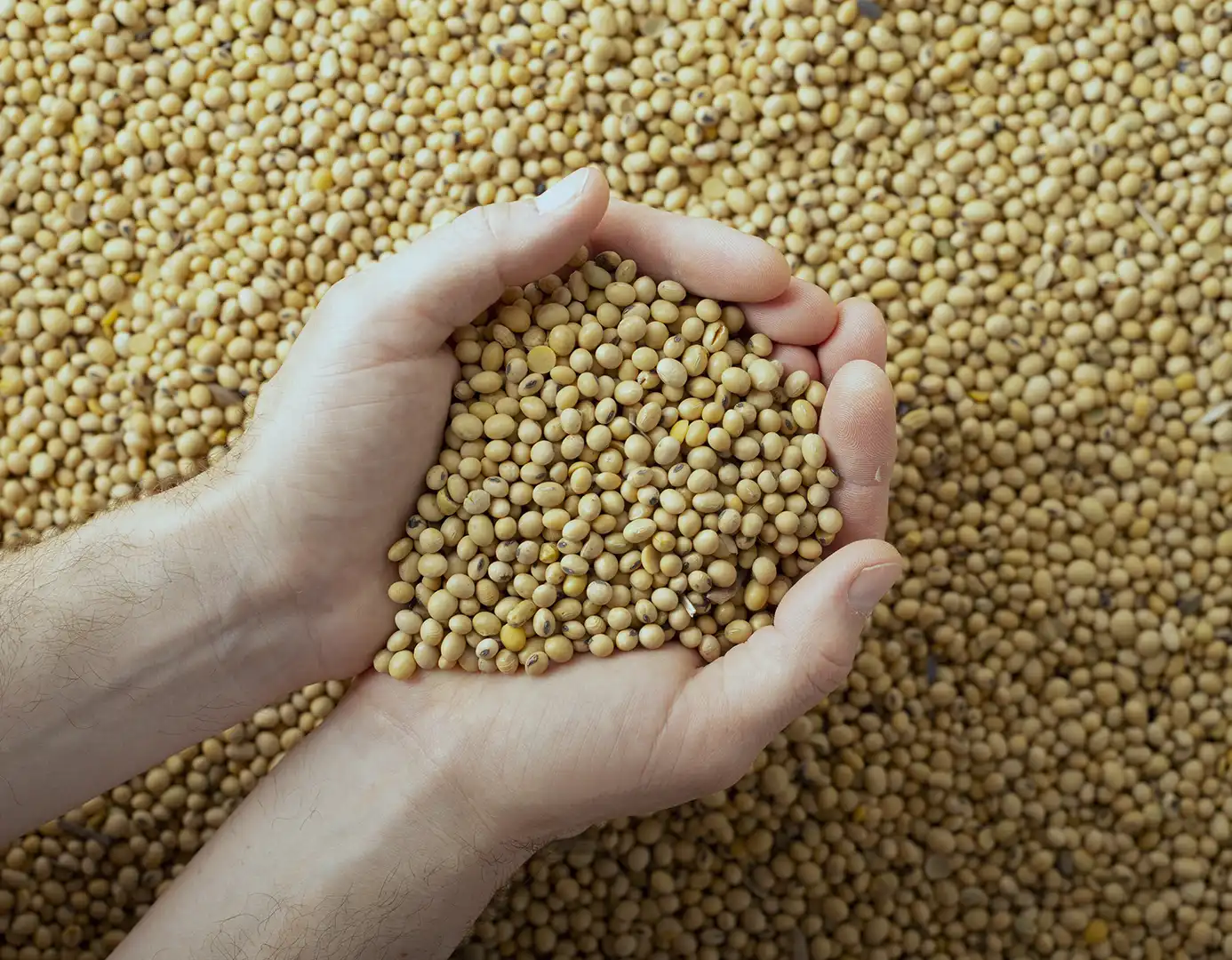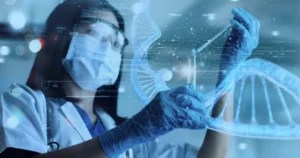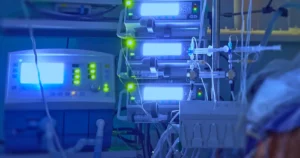-
Administrative Management VET
-
Administration and Finance Certificate of Higher Education
-
Management Assistance Certificate of Higher Education
-
Double Certificate of Higher Education: Administration and Finance + Management Assistance
-
See specialization courses
| MODE OF STUDY | MODE OF EXAMINATION | DURATION |
|---|---|---|
|
Distance | Online
Blended learning
On-site
|
From distance
On-site
|
4 semesters
4 semesters
2 courses
|
DOUBLE DEGREE PROGRAMS INTERNATIONAL. Get two or more degrees of different Educational Institutions, International, Europe, USA and Latin america.
| MODE OF STUDY | MODE OF EXAMINATION | DURATION |
|---|---|---|
|
Distance | Online
Blended learning
On-site
|
From distance
On-site
|
4 semesters
4 semesters
2 courses
|
DOUBLE DEGREE PROGRAMS INTERNATIONAL. Get two or more degrees of different Educational Institutions, International, Europe, USA and Latin america.
-
Specific Master in Cybersecurity in Information Technology Environments
-
Master FP in Strategic Management of Cybersecurity
| MODE OF STUDY | MODE OF EXAMINATION | DURATION |
|---|---|---|
|
Distance | Online
Blended learning
On-site
|
From distance
On-site
|
4 semesters
4 semesters
2 courses
|
DOUBLE DEGREE PROGRAMS INTERNATIONAL. Get two or more degrees of different Educational Institutions, International, Europe, USA and Latin america.
-
Commercial Activities distance learning VET
-
International Trade Certificate of Higher Education
-
Sales Management and Commercial Spaces Certificate of Higher Education
-
Marketing and Advertising Certificate of Higher Education
-
Transport and Logistics Certificate of Higher Education
-
Double Degree in International Trade + Transport and Logistics
-
Double Degree in Marketing and Advertising + Sales Management and Commercial Spaces
-
See specialization courses
| MODE OF STUDY | MODE OF EXAMINATION | DURATION |
|---|---|---|
|
Distance | Online
Blended learning
On-site
|
From distance
On-site
|
4 semesters
4 semesters
2 courses
|
DOUBLE DEGREE PROGRAMS INTERNATIONAL. Get two or more degrees of different Educational Institutions, International, Europe, USA and Latin america.
-
Attention to People in Situation of Dependency VET
-
Early Childhood Education Certificate of Higher Education
-
Social Integration Certificate of Higher Education
-
Communication Mediation Certificate of Higher Education
-
See specialization courses
| MODE OF STUDY | MODE OF EXAMINATION | DURATION |
|---|---|---|
|
Distance | Online
Blended learning
On-site
|
From distance
On-site
|
4 semesters
4 semesters
2 courses
|
DOUBLE DEGREE PROGRAMS INTERNATIONAL. Get two or more degrees of different Educational Institutions, International, Europe, USA and Latin america.
-
Advanced Vocational Training Course in Travel agencies and Event management
-
Tourism Accommodation Management Certificate of Higher Education
-
Guide, Information and Tourist Assistance Certificate of Higher Education
-
Double Degree in Guidance, Information and support Tourism + Travel Agencies and Event Management
-
See specialization courses
| MODE OF STUDY | MODE OF EXAMINATION | DURATION |
|---|---|---|
|
Distance | Online
Blended learning
On-site
|
From distance
On-site
|
4 semesters
4 semesters
2 courses
|
DOUBLE DEGREE PROGRAMS INTERNATIONAL. Get two or more degrees of different Educational Institutions, International, Europe, USA and Latin america.
-
Higher Degree in Personal and Corporate Image Consulting
-
Advanced Vocational training Course in Integral Aesthetics and Wellness
-
See specialization courses
| MODE OF STUDY | MODE OF EXAMINATION | DURATION |
|---|---|---|
|
Distance | Online
Blended learning
On-site
|
From distance
On-site
|
4 semesters
4 semesters
2 courses
|
DOUBLE DEGREE PROGRAMS INTERNATIONAL. Get two or more degrees of different Educational Institutions, International, Europe, USA and Latin america.
-
3D Animations, Games and Interactive Environments Certificate of Higher Education
-
Audiovisual and Entertainment Production Certificate of Higher Education
-
Production of Audiovisual and Entertainment Projects Certificate of Higher Education
| MODE OF STUDY | MODE OF EXAMINATION | DURATION |
|---|---|---|
|
Distance | Online
Blended learning
On-site
|
From distance
On-site
|
4 semesters
4 semesters
2 courses
|
DOUBLE DEGREE PROGRAMS INTERNATIONAL. Get two or more degrees of different Educational Institutions, International, Europe, USA and Latin america.
-
Microcomputer Systems and Networks VET
-
Administration of Computer Network Systems Certificate of Higher Education
-
Multiplatform Applications Development Certificate of Higher Education distance learning
-
Web Applications Development Certificate of Higher Education
-
Double Degree in Development of cross-Platform Applications + Web Application Development
-
See specialization courses
| MODE OF STUDY | MODE OF EXAMINATION | DURATION |
|---|---|---|
|
Distance | Online
Blended learning
On-site
|
From distance
On-site
|
4 semesters
4 semesters
2 courses
|
DOUBLE DEGREE PROGRAMS INTERNATIONAL. Get two or more degrees of different Educational Institutions, International, Europe, USA and Latin america.
| MODE OF STUDY | MODE OF EXAMINATION | DURATION |
|---|---|---|
|
Distance | Online
Blended learning
On-site
|
From distance
On-site
|
4 semesters
4 semesters
2 courses
|
DOUBLE DEGREE PROGRAMS INTERNATIONAL. Get two or more degrees of different Educational Institutions, International, Europe, USA and Latin america.
-
Electrical and Automatic Installations VET
-
Automation and Industrial Robotics Certificate of Higher Education
-
Electronic and Automated Systems Certificate of Higher Education
-
Telecommunications and Computer Systems Certificate of Higher Education
-
See specialization courses
| MODE OF STUDY | MODE OF EXAMINATION | DURATION |
|---|---|---|
|
Distance | Online
Blended learning
On-site
|
From distance
On-site
|
4 semesters
4 semesters
2 courses
|
DOUBLE DEGREE PROGRAMS INTERNATIONAL. Get two or more degrees of different Educational Institutions, International, Europe, USA and Latin america.
-
Nurse Care Assistant distance learning VET
-
Intermediate Vocational Training Course in Health Emergencies
-
Pharmacy and Parapharmacy VET
-
Advanced Vocational Training Course in Pathological Anatomy and Cytodiagnosis
-
Advanced Vocational Training Course in Dietetics
-
Documentation and Sanitary Administration Certificate of Higher Education
-
Oral Hygiene Certificate of Higher Education
-
Diagnostic Imaging and Nuclear Medicine Certificate of Higher Education
-
Clinical and Biomedical Laboratory Certificate of Higher Education
-
Double Degree in Pathological Anatomy and Citodiagnóstico + Clinical Laboratory and Biomedical
-
See specialization courses
| MODE OF STUDY | MODE OF EXAMINATION | DURATION |
|---|---|---|
|
Distance | Online
Blended learning
On-site
|
From distance
On-site
|
4 semesters
4 semesters
2 courses
|
DOUBLE DEGREE PROGRAMS INTERNATIONAL. Get two or more degrees of different Educational Institutions, International, Europe, USA and Latin america.
-
Emergencies and Civil Protection Certificate of Higher Education
-
Emergency Coordination and Civil Protection Certificate of Higher Education
-
See specialization courses
| MODE OF STUDY | MODE OF EXAMINATION | DURATION |
|---|---|---|
|
Distance | Online
Blended learning
On-site
|
From distance
On-site
|
4 semesters
4 semesters
2 courses
|
DOUBLE DEGREE PROGRAMS INTERNATIONAL. Get two or more degrees of different Educational Institutions, International, Europe, USA and Latin america.
-
Electromechanics of Automobile Vehicles VET
-
Advanced Vocational Training Course in Automobile
-
See specialization courses
| MODE OF STUDY | MODE OF EXAMINATION | DURATION |
|---|---|---|
|
Distance | Online
Blended learning
On-site
|
From distance
On-site
|
4 semesters
4 semesters
2 courses
|
DOUBLE DEGREE PROGRAMS INTERNATIONAL. Get two or more degrees of different Educational Institutions, International, Europe, USA and Latin america.
| MODE OF STUDY | MODE OF EXAMINATION | DURATION |
|---|---|---|
|
Distance | Online
|
Distance | Online
|
12 quarters
8 semesters
|
DOUBLE DEGREE PROGRAMS INTERNATIONAL. Get two or more degrees of different Educational Institutions, International, Europe, USA and Latin america.
| MODE OF STUDY | MODE OF EXAMINATION | DURATION |
|---|---|---|
|
Distance | Online
|
Distance | Online
|
12 quarters
8 semesters
|
DOUBLE DEGREE PROGRAMS INTERNATIONAL. Get two or more degrees of different Educational Institutions, International, Europe, USA and Latin america.
-
Bachelor of Engineering in cyber security
-
Master's degree in Strategic Management of Cybersecurity
-
Phd in cyber security
| MODE OF STUDY | MODE OF EXAMINATION | DURATION |
|---|---|---|
|
Distance | Online
|
Distance | Online
|
12 quarters
8 semesters
|
DOUBLE DEGREE PROGRAMS INTERNATIONAL. Get two or more degrees of different Educational Institutions, International, Europe, USA and Latin america.
| MODE OF STUDY | MODE OF EXAMINATION | DURATION |
|---|---|---|
|
Distance | Online
|
Distance | Online
|
12 quarters
8 semesters
|
DOUBLE DEGREE PROGRAMS INTERNATIONAL. Get two or more degrees of different Educational Institutions, International, Europe, USA and Latin america.
| MODE OF STUDY | MODE OF EXAMINATION | DURATION |
|---|---|---|
|
Distance | Online
|
Distance | Online
|
12 quarters
8 semesters
|
DOUBLE DEGREE PROGRAMS INTERNATIONAL. Get two or more degrees of different Educational Institutions, International, Europe, USA and Latin america.
| MODE OF STUDY | MODE OF EXAMINATION | DURATION |
|---|---|---|
|
Distance | Online
|
Distance | Online
|
12 quarters
8 semesters
|
DOUBLE DEGREE PROGRAMS INTERNATIONAL. Get two or more degrees of different Educational Institutions, International, Europe, USA and Latin america.
-
Bachelor's degree in Engineering in Artificial Intelligence and Big Data
-
Master's degree in Artificial Intelligence
| MODE OF STUDY | MODE OF EXAMINATION | DURATION |
|---|---|---|
|
Distance | Online
|
Distance | Online
|
12 quarters
8 semesters
|
DOUBLE DEGREE PROGRAMS INTERNATIONAL. Get two or more degrees of different Educational Institutions, International, Europe, USA and Latin america.
-
Bachelor's degree in Engineering in Industrial Electronics
-
Bachelor of Engineering in Mechatronics
-
Bachelor's degree in Engineering in Robotics
-
Bachelor's degree in Engineering in Semiconductor and Microelectronics
-
Bachelor's degree in Engineering, Mathematics
| MODE OF STUDY | MODE OF EXAMINATION | DURATION |
|---|---|---|
|
Distance | Online
|
Distance | Online
|
12 quarters
8 semesters
|
DOUBLE DEGREE PROGRAMS INTERNATIONAL. Get two or more degrees of different Educational Institutions, International, Europe, USA and Latin america.
| MODE OF STUDY | MODE OF EXAMINATION | DURATION |
|---|---|---|
|
Distance | Online
|
Distance | Online
|
12 quarters
8 semesters
|
DOUBLE DEGREE PROGRAMS INTERNATIONAL. Get two or more degrees of different Educational Institutions, International, Europe, USA and Latin america.
Blog / What are genetically modified foods?



